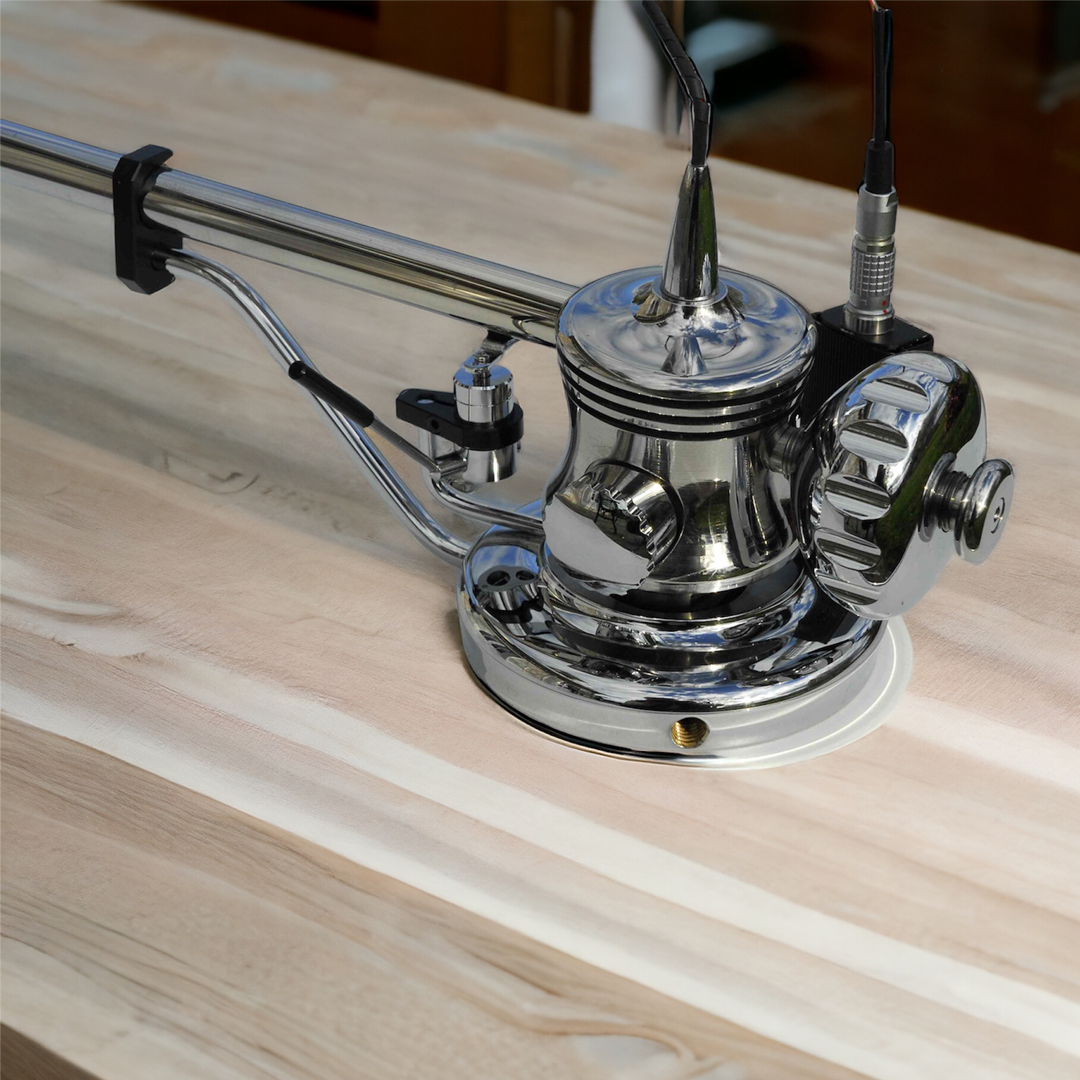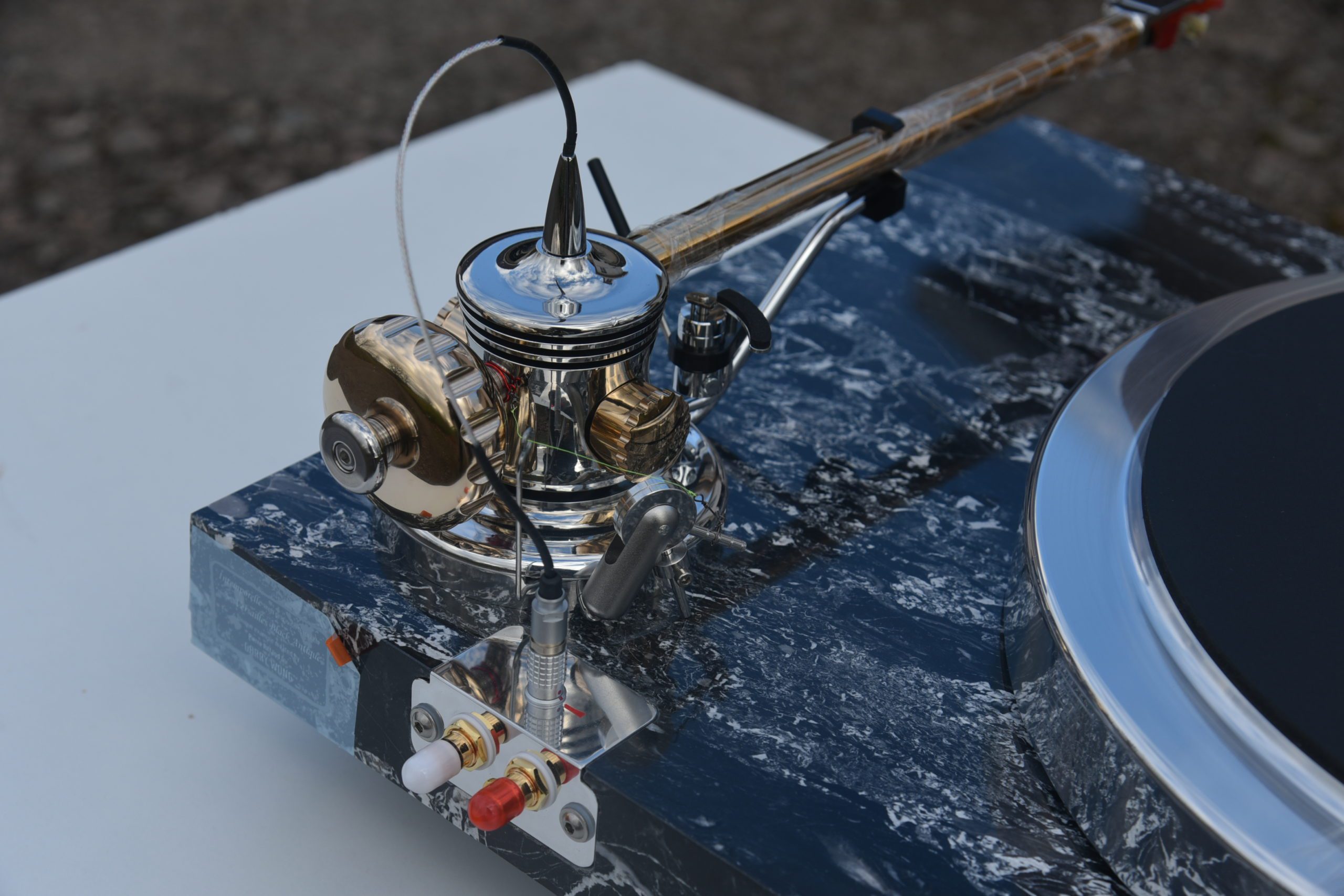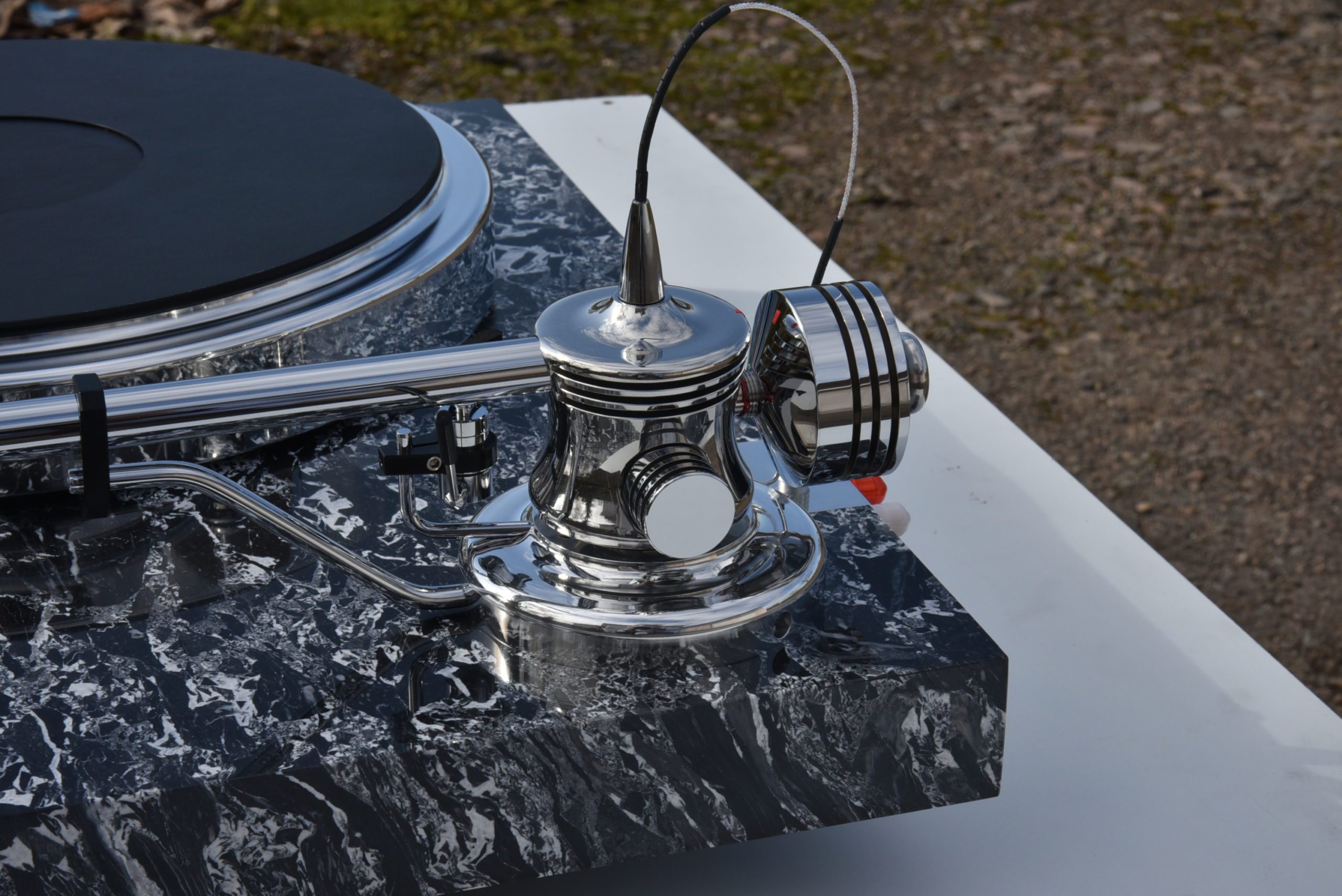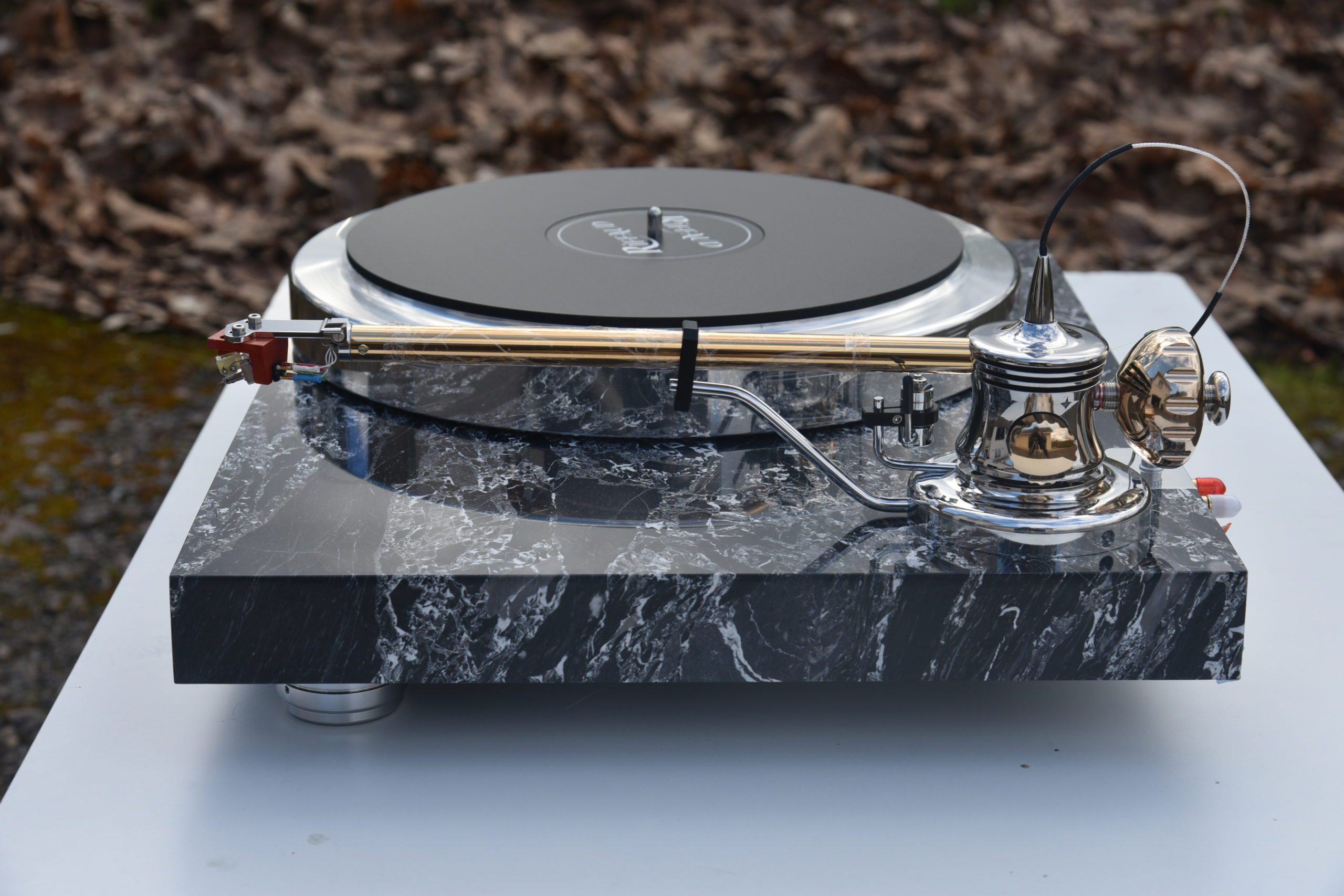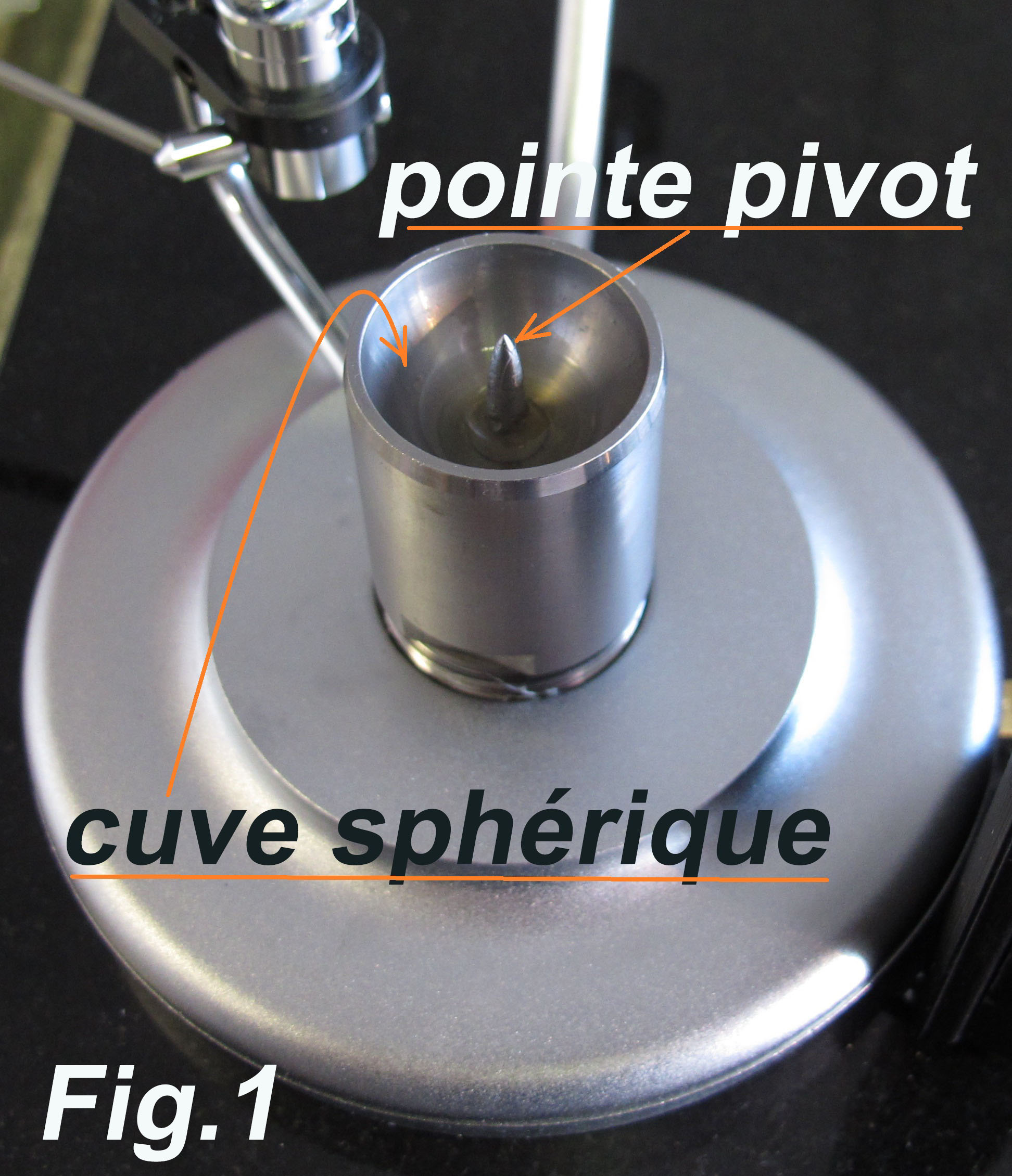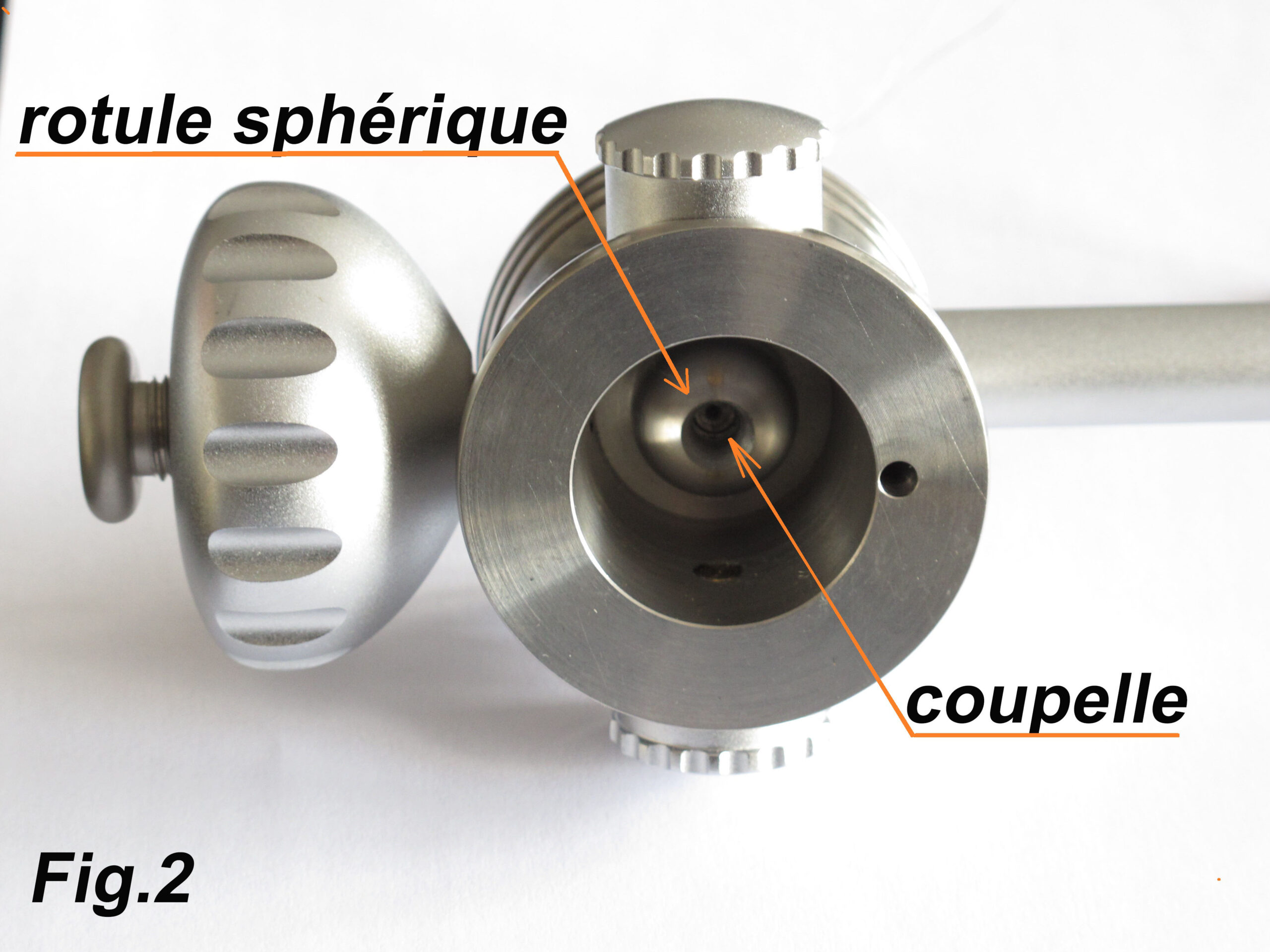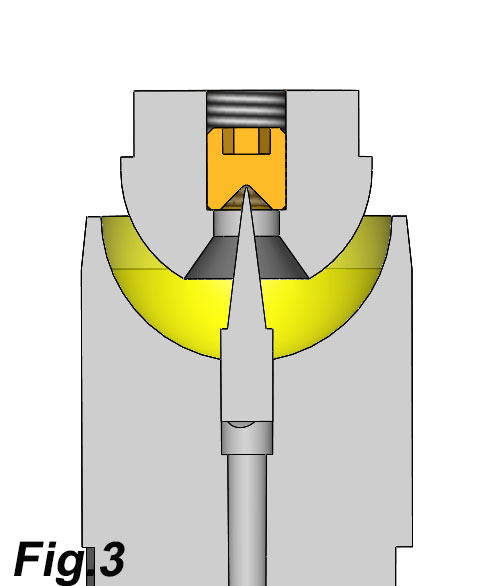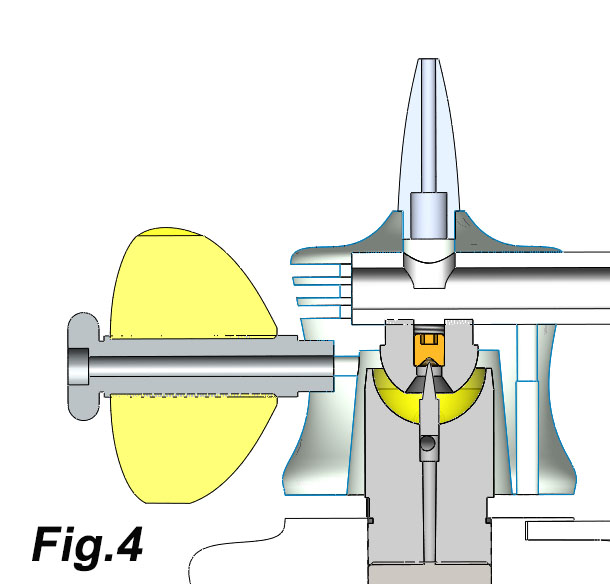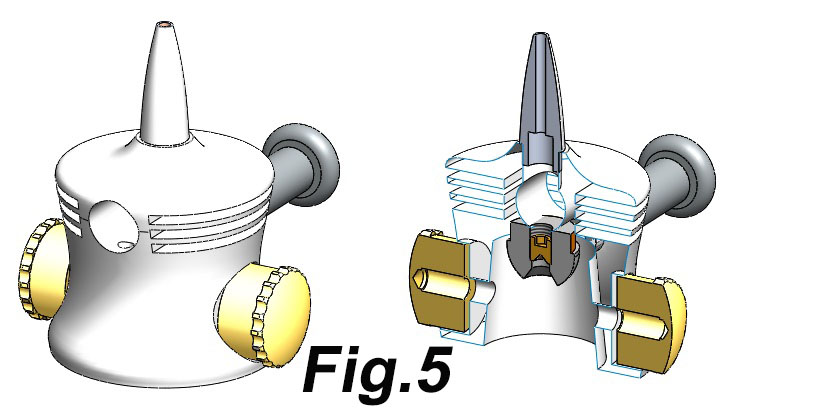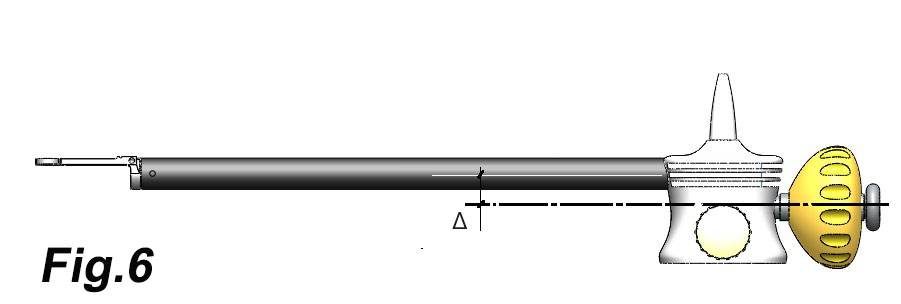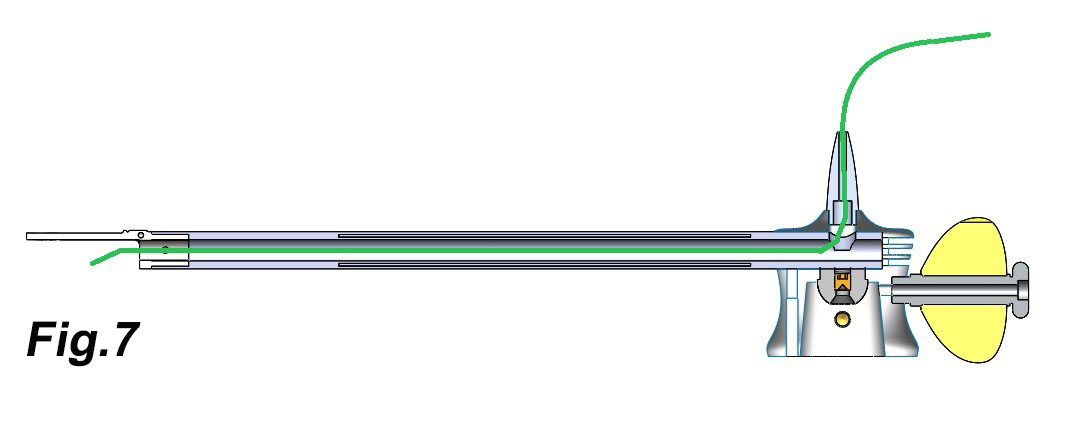Description
The Opus tone arm is the fruit of a bold exploration of the audiophile world. It has been designed specifically for Epure, to enhance the intrinsic qualities of this turntable. Our ambitious goal was to surpass all previously tested configurations, delivering unprecedented hearing results.
Every detail of the Opus arm has been meticulously studied and adjusted to guarantee a listening experience that transcends expectations. It’s much more than just a playback arm; it’s a passionate statement of our commitment to sonic perfection. With the Opus arm, plunge into a new dimension of clarity, precision and musical emotion.
Extract from the specifications at the start of the project. Pierre Riffaud has limited himself to a few well-founded requirements and principles:
- Choice of Guide: The arm must ensure smooth guidance of the stylus in the grooves, without any parasitic stress. The priority is to preserve the engraving in the furrow.
- Design embodied: “LESS IS MORE” In line with this well-known principle, the arm must have an aesthetic that reflects intuitive, simplified use to meet the expectations of music lovers and audiophiles.
- Unrestrained creativity: Encouraging total creativity without conforming to dogma or current trends. The designer, Pierre Riffaud, deliberately “forgot” all previous descriptions and started from scratch, seeking to innovate without being influenced by pre-existing ideas.
- Development: the Opus arm will be developed to equip all Riffaud turntable models and reveal their full musicality.
These fundamental principles will guide the design of the Opus tone arm.
2)DESIGN
2-1) Articulation :
The design of the Opus arm is based on an original feature: its articulation. It is crucial to meeting the first requirement of the specifications, which is to reduce or even eliminate friction forces. To achieve this, the Opus arm features a unique articulation in both directions, based on the unipivot principle.
This ingenious mechanism uses a carefully ground and polished tungsten carbide tip (fig.1) to house a sapphire cup set in a stainless steel structure (fig.2), forming the ball-and-socket joint. This is positioned in a spherical tank immersed in a viscous fluid (fig.3). The sides of the bowl are strategically parallel and well spaced to ensure measured damping.
This revolutionary joint design ensures smooth rotation of the Opus arm, eliminating unwanted friction and preserving the purity of sound. It’s the perfect union of advanced technology and artisan ingenuity.
2-2) Yoke construction: (Fig.5)
Each component of the Opus arm is the fruit of a meticulous approach based on an in-depth analysis of its value in terms of function, form and mass. For example, the shape of the yoke body was carefully examined (see figure 5), incorporating a cross-analysis with the requirements for micro-vibration sound behavior, leading to a meticulous selection of materials.
It’s important to note that the design of a tone arm is distinguished by a nuanced understanding of the role of materials. Contrary to popular belief, materials don’t simply have to be inert. In fact, they must help transform the slightest vibration into an electrical signal through the cell coils, rather than simply absorbing the vibratory energy dissipated by the stylus. This goes to the very heart of Pierre’s design philosophy.
Riffaud: “Any signal lost at source is lost forever”.
This implies a judicious choice of materials for the tube, which must be neither too damping nor too resonant, yet perfectly rigid.
On the other hand, it must “hold” the cell firmly in the groove during passages of high elongation at low frequency. (The recording of a brass band’s bass drum, for example). This objective can only be achieved by a significant mass opposing the cell’s vibrations. However, this mass must not generate inertia detrimental to the arm’s ability to follow the groove, and must therefore remain below 15 g effective.
Pierre Riffaud solved these complex equations brilliantly, achieving an optimal compromise embodied by the Opus arm. Because, in his opinion, the ideal of perfection does not exist, the quest for judicious compromise remains the key to excellence.
2-3) Inertia management and control :
We have rethought the management of inertia in the Opus arm to preserve our “mass principle” applied to the arm.
- Mass optimization: the yoke carefully groups the masses as close as possible to the pivot, thus reducing inertia as much as possible.
- Lowered Center of Gravity: To ensure stable balance during playback, the center of gravity is lowered, explaining the unique position of the counterweight. Unlike most industrial arms, it is not aligned with the main tube (fig. 6), allowing the use of a larger mass for exceptional stability.
- Eliminating resistance: We have minimized resistance to arm rotation by routing the internal modulation cable precisely in line with the pivot axis (Fig.7). What’s more, over-length cable eliminates torque.
3) EXPERT PERSONALIZATION
At Pierre Riffaud, every turntable is a unique work of art, tailor-made after in-depth discussion with its future owner. The Opus arm is no exception. Thanks to its avant-garde design, it offers better inertia control than most arms on the market. Manufactured to order, it is systematically configured to the mass, compliance and bearing force characteristics of the selected cell. As part of this high-end approach, Pierre Riffaud will listen to you and advise you in your choice of cell, and will not hesitate to advise against any cell that does not meet the “standards” necessary to fully exploit the exceptional qualities of this arm. We are committed to offering you an incomparable sound experience by combining technical precision and refined craftsmanship “à la Française.”
4) SPECIFIC FEATURES OF THE OPUS ARM
Discover the exceptional features of Pierre Riffaud’s Opus arm, designed for
redefining the vinyl playback experience:
- Ease of use: The mobile part of the Opus arm can be easily removed without the need for tools, enabling instant exchange with a second arm pre-equipped with another cell. This original feature dispenses with the need for a second arm. (Or even a third)
- Intuitive adjustments: Adjustments, initially made in the workshop, are made easy, within the reach of the user, who can customize them according to his preferences without the need for tools. (Azimuth, VTA. Etc…)
- Exceptional freedom of movement: the uni-pivot joint gives you a freedom of movement that surprises you the first time you hold it. But the arm regains instant stability as soon as the tip lands on the disc. A unique experience!
- Optimal length: With an effective length of 12 inches, the Opus arm significantly reduces track error, guaranteeing precise sound reproduction.
- Versatile adaptability: The arm can accommodate cells weighing from 6 g to over 40 g, while allowing adjustment of support force over a wide range from 0.5 g to 5 g. Exceptional versatility to suit all audiophile preferences.
The Opus arm embodies the culmination of a meticulous quest for perfection, offering unrivalled inertia management and exceptional audio quality. The fruit of ingenious engineering, it redefines the standards of high-end vinyl playback by offering an intuitive, immersive user experience, skilfully fusing cutting-edge technology with incomparable aural pleasure.
STANDARD TECHNICAL SPECIFICATIONS :
Type uni pivot on silicone bath, Internal wiring: Nordost Norse2, stranded with 4 x 23 AWG (0.032mm²) conductors in 99.9999% pure copper, silver-plated Cell clips in gold-plated rhodium, with mounting base including anti-skating and VTA adjustment.
| Total length |
385 mm |
| Effective length |
308.60 mm (12 inches) |
| Pivot to disc center distance |
295.60 mm |
| Offset angle |
18,5° |
| VTA setting |
0 to 10 mm |
| Moving mass |
1150 g |
| Offset angle (cell) |
17,3° |
| Overhang |
13 mm |
| Support force adjustment |
0,5 / 5g |

